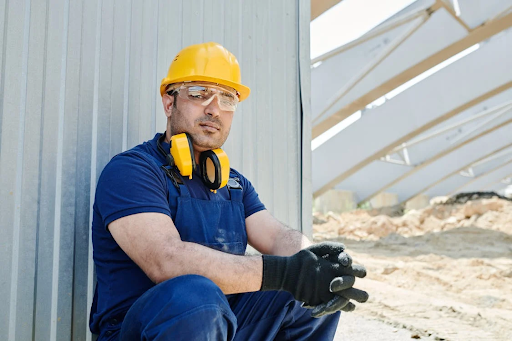There is no workplace in which the health and safety of your team should not be a leading priority. That said, some workplaces demand more attention as they come with more risks, with the manufacturing or production floor being one of the clearest examples. Here, we’re going to look at a few of the provisions that can offer your team the protection they need.
Personal Protective Equipment
In manufacturing, personal protective equipment (PPE) is the first line of defense against workplace injuries. PPE includes items such as helmets, gloves, goggles, and safety shoes, tailored to the specific hazards of each job. For example, workers exposed to loud environments need hearing protection, while those handling chemicals require specialized gloves and face shields. The correct use of PPE not only protects workers from immediate harm but also helps prevent long-term health issues caused by repeated exposure to harmful conditions. Ensuring that all employees are equipped with appropriate PPE and trained in its use is essential for maintaining a safe manufacturing environment.
Safety Gear for Tasks
Task-specific safety gear is crucial for protecting workers engaged in high-risk activities such as cutting, welding, or operating heavy machinery. This gear includes items like cut-resistant gloves, face shields, and welding masks, designed to mitigate the risks associated with these tasks. For instance, cutting tools and machines require specific safety protocols to prevent accidents. This might involve using a cutting rule, for instance, to make sure that the worker is able to cut accurately and efficiently without any risk to their hands. Regular maintenance and inspection of safety gear are also important to ensure that it provides the necessary protection at all times.
Environmental Protections
Environmental protections in a manufacturing setting involve creating physical barriers and implementing systems that minimize the risk of accidents. This includes installing guards around machinery and setting up safety barriers. These measures are designed to protect workers from accidental contact with dangerous equipment and to control the movement within the factory floor to avoid collisions and other accidents. Additionally, proper ventilation systems and emergency exits are essential components of environmental safety, helping to manage risks such as exposure to harmful fumes and ensuring quick evacuation in case of emergencies.
Raising Awareness
Raising awareness about safety protocols and potential hazards is an ongoing process in manufacturing. This involves the use of clear signage, floor markings, and regular training sessions. Safety signs should be strategically placed to highlight hazards, provide instructions, and remind workers of safety procedures. Floor markings can guide movement, delineate safe zones, and indicate the proper placement of tools and materials. Regular training and safety drills reinforce the importance of following safety protocols and ensure that all employees are familiar with emergency procedures. Creating a culture of safety awareness helps prevent accidents and promotes a proactive approach to managing workplace risks.
The above examples can ensure that your team is protected and aware of the risks they work with. However, to ensure that you’re doing everything you can, routine risk assessments can be a crucial part of managing any production floor.

